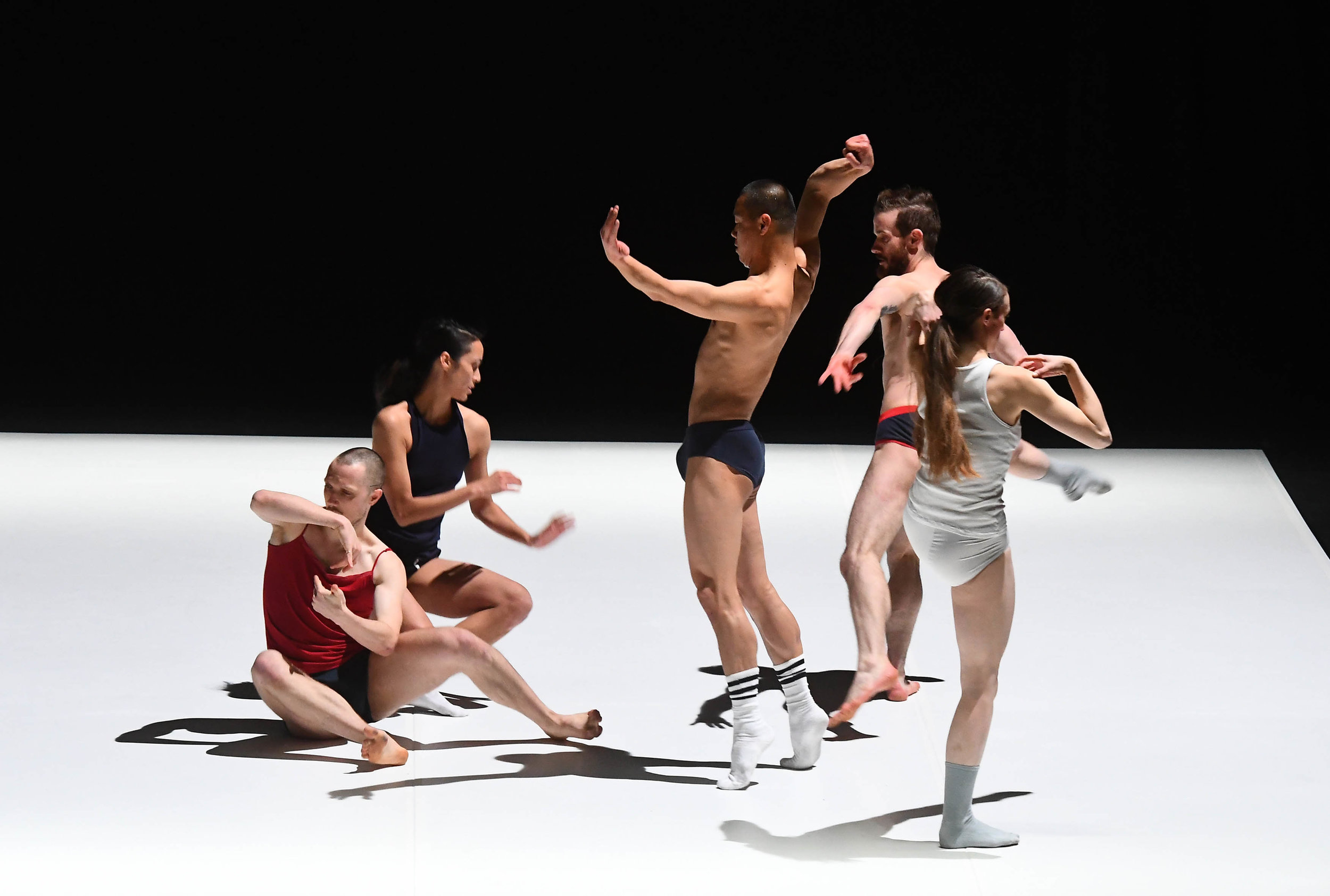To understand choreography, is to understand ‘what is’. The actual thing taking place, happening, during the creative process, as well as when performed.
This alone brings about the creative emptiness in which choreography can enter, evolve and come into being.
As the answer to a problem is in the problem, so choreography is in ‘what is’. Understanding this, is understanding choreography.
Choreography can only be seen through intense attention, which is the result of observation with an empty mind.
It’s useful to remember though, that most people who come into contact with a choreographic work, don’t do so with an empty mind. Professionals and non professionals alike, watch a choreography with a conditioned mind, with expectations, acquired tastes, agendas, habits etc.
In this impossible and often frustrating gap, lies the true challenge of choreography making and the questions regarding its relevance.


















